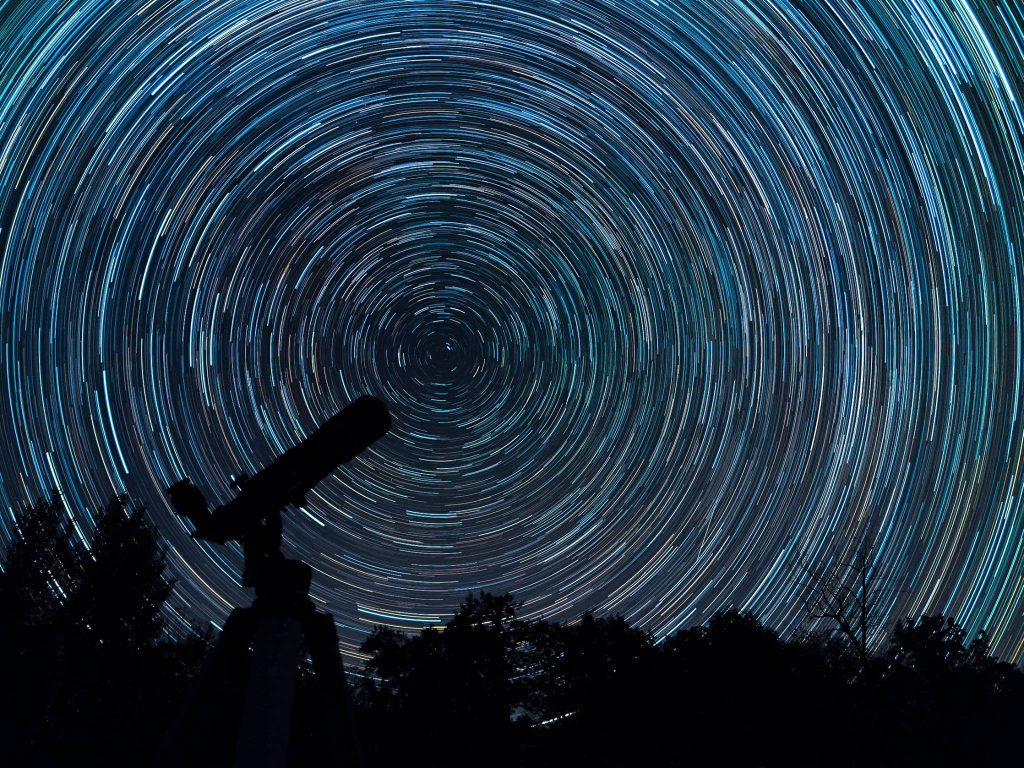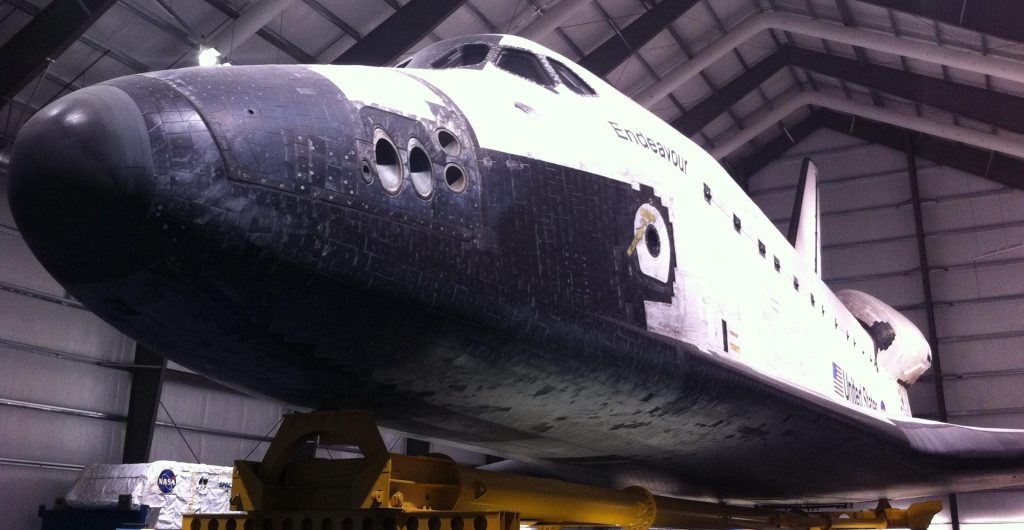
Category Banner Image


Trifid Nebula (M20) – Photo by Jeffrey Shokler
The Trifid presents the unusual combination of an emission nebula, a reflection nebula, and a dark nebula all in one object! The Trifid lies 5,200 light years from us in the constellation Sagittarius.
Messier 21 (M21; NGC 6531) is the beautiful, small open cluster containing 57 stars that is visible to the upper left of the Trifid. M21 is 3,900 light years from us.
Canon 5D Mark II (astromodified; Baader UV/IR cut)
Stellarvue 130EDT (f7)
Celestron CGEM mount
1250 ISO
20x4min subexposures (80min/1.3hr total integration)
Guided (Lacerta MGEN II)
PixInsight (calibrated, registered, stacked, post-processed)
Photoshop (finish processing)

The Spaceshuttle Endeavour at the California Science Center, Los Angeles, CA.
Read More